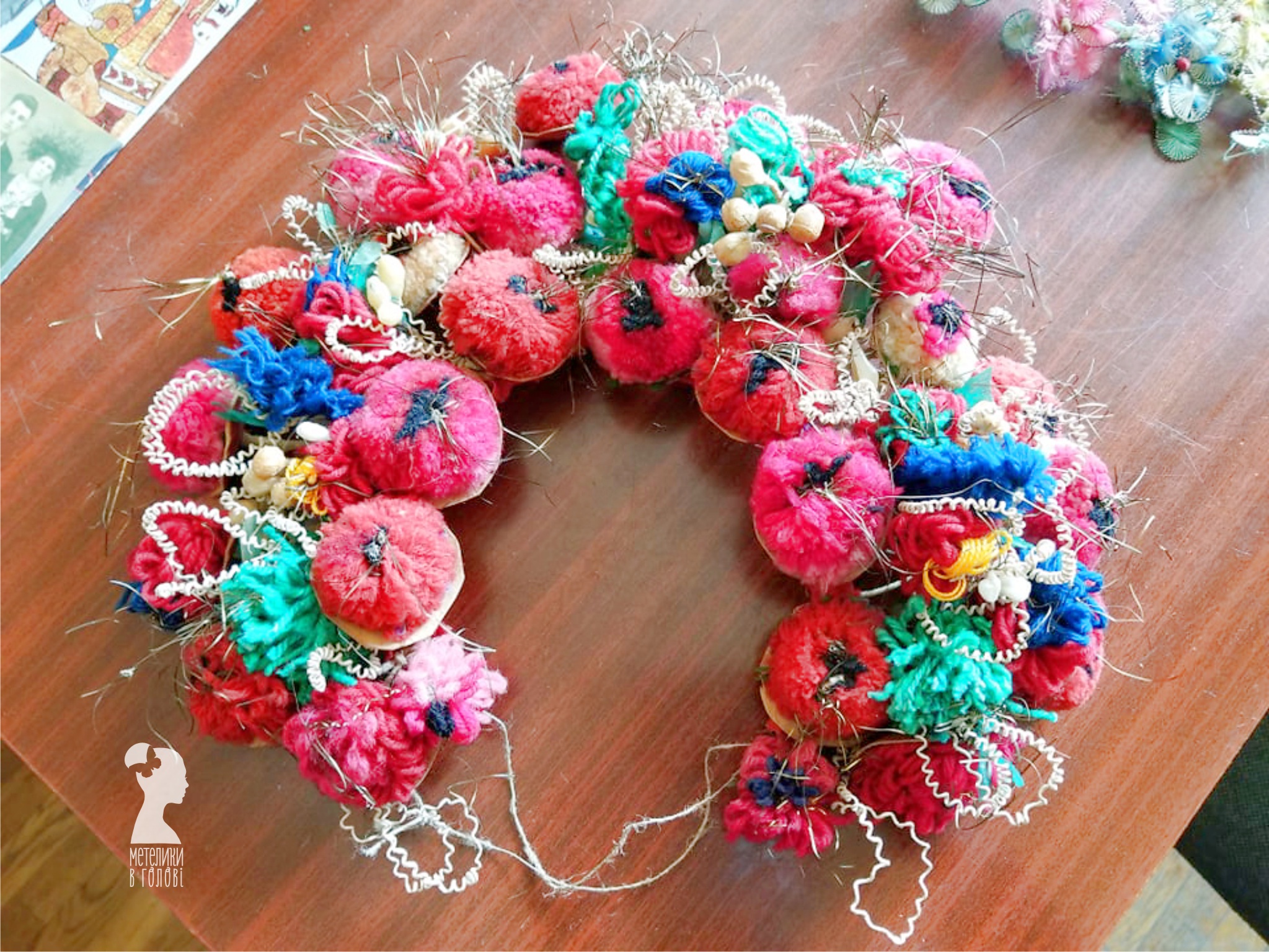
Ira Peter is a German journalist and blogger who was born in Kazakhstan. She studied literature and psychology at the universities of Heidelberg and Nice. Since 2017, she has been publicly addressing Russian-German issues in journalistic articles, social media, cultural projects in Germany and Ukraine, in the Aussiedler (resettler) podcast "Steppenkinder" and as a speaker at events. In 2022, Ira Peter was an ifa cultural assistant and interviewed people of German origin from Ukraine about their experiences and their current situation during the Russian war against their homeland.







